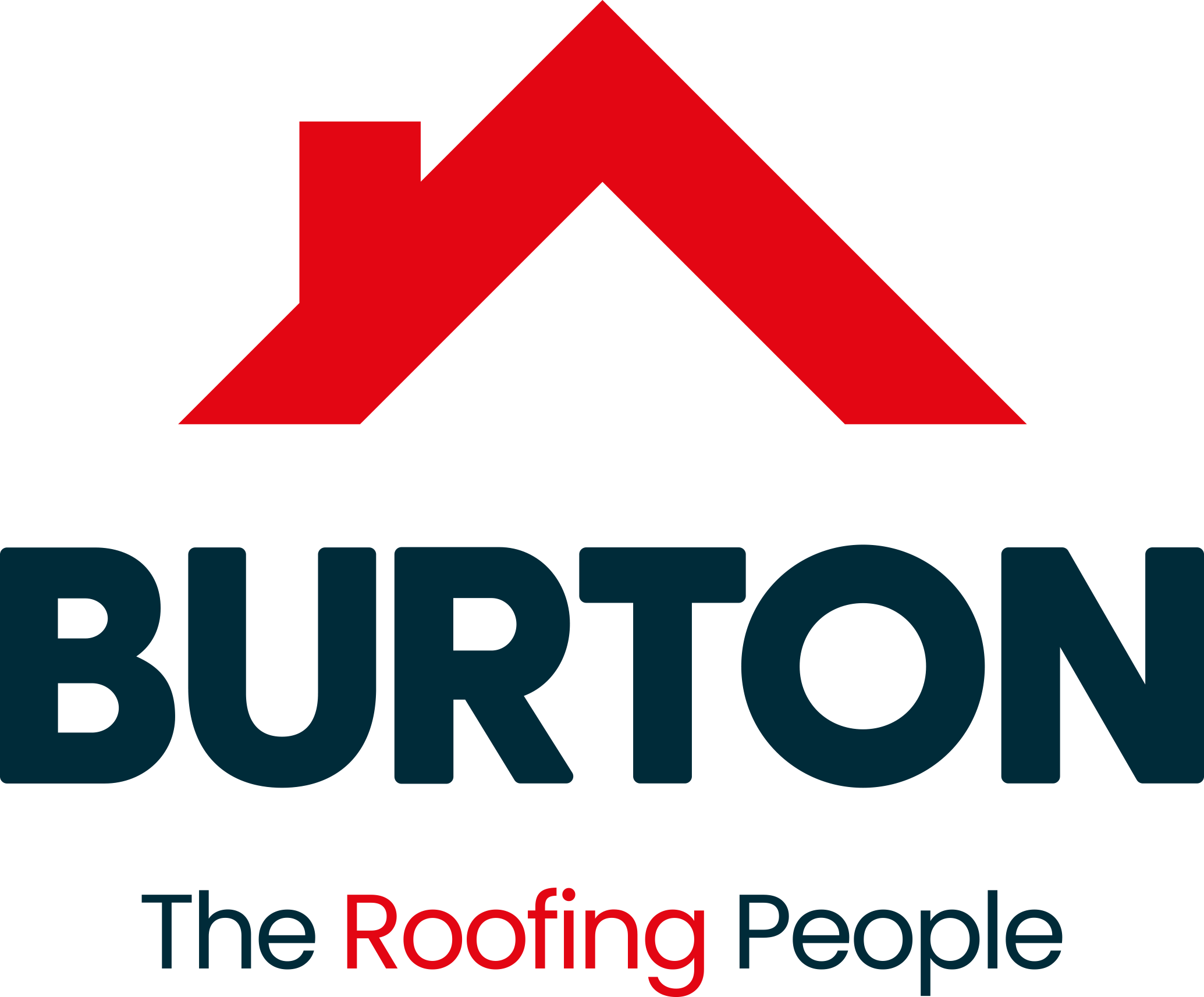Everything you need to know about lead in roofing
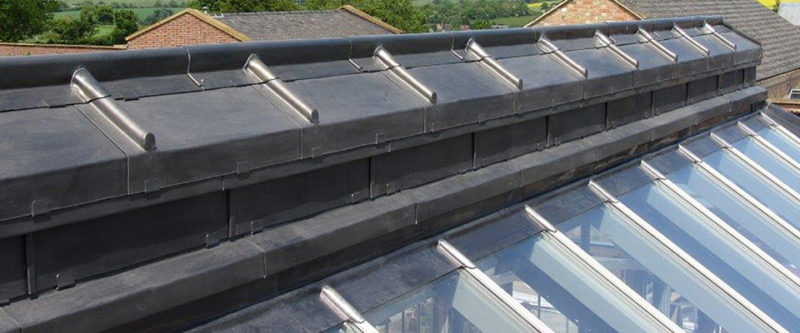
We are major stockists of one of the world’s oldest and most durable building materials - lead! The use of lead for its unique properties dates way back in history, with the Romans utilising it to make water pipes, because of its resistance to corrosion and ease to work with (The Latin word for the metal, plumbum, is the origin of the English word "plumbing".) Churches throughout history have also used lead for their roofing and it suits these ancient buildings with their complex structures well. The malleability of lead is perfect for their hidden gutters and valleys.
Whilst shaping some of the oldest and most beautiful architecture, Lead is regularly used in more modest commercial and domestic roofing too - from whole roof coverings, porches, turrets and parapet roofing to modern roof waterproofing details like flashings, valleys and gutters.
Lead is one of the most effectively recycled materials in the world and today more lead is produced through recycling than mining. While the installation of lead may at first appear marginally more expensive, the fact that it’s an exceptionally sustainable building material, as well as having a long lifespan and good appearance make it great value for money. We supply Enviro Lead, the only ‘branded’ lead sheet which also carries a 50 year warranty. The extend of its recycling and embodied energy gives it a BRE Green Guide A+ rating.
Milled Lead
It’s only when you scrape Lead that you realise how soft and malleable it is. Milled Lead sheet is made by passing through steel rollers. The production process ensures the product is consistent and has a similar thickness throughout the entire length of the roll. It achieves this by passing a lead slab continually through two hydraulic rollers until a specific thickness throughout has been produced. Hence the common name for the product ‘rolled lead’.
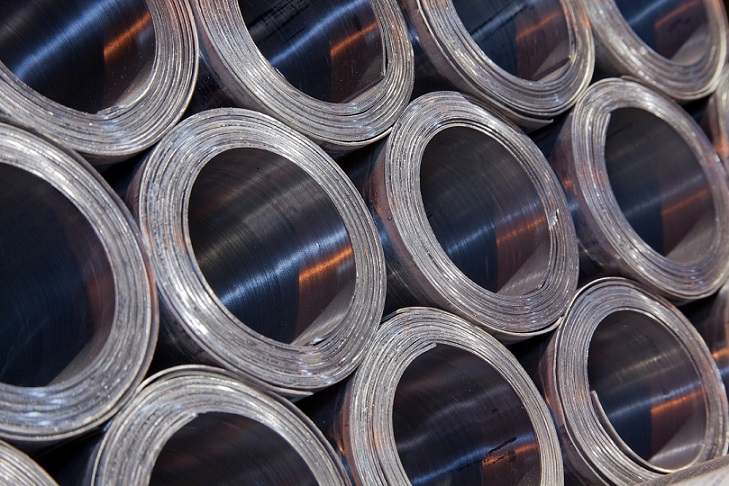
Lead Codes
Ever wondered why Lead is numbered / Coded? ‘Back in the day’ the numbers corresponded with how much the lead weighed in pounds (lbs) per square feet. These days they are the reference for the thickness of the sheet, thinner codes tending to be used for flashings, and thicker codes being used where resting water is common on parapets and valleys.
Thickness of lead
The minimal variance in thickness means that the amount of thermal movement can be predicted. All rolled lead is manufactured to meet BS EN 12588:2006. Table detailing the thickness weight per m² and the applications of our online lead codes along with a handy reminder of the ancillary products you’ll require for each task. *Online you will find codes 3,4,5 and 6 available in either 3 or 6m rolls. Codes 7 & 8 are available at your local Depot.
| Code | Thickness | Kg per M² | Soakers | Flashings | Flat Roofing | Parapet,Tapered & valley gutters | Pitched Roof | Vertical Cladding | Dormers | Bay Roofs & Canopies |
| Code 3 | 1.32 | 14.97 | ✓ | |||||||
| Code 4 | 1.8 | 20.41 | ✓ | ✓ | ✓ | |||||
| Code 5 | 2.24 | 25.40 | ✓ | ✓ | ✓ | ✓ | ✓ | ✓ | ✓ | |
| Code 6 | 2.65 | 30.05 | ✓ | ✓ | ✓ | ✓ | ✓ | ✓ | ✓ | |
| Code 7 | 3.15 | 35.72 | ✓ | ✓ | ✓ | ✓ | ✓ | |||
| Code 8 | 3.55 | 40.26 | ✓ | ✓ | ✓ | ✓ | ||||
| Ancillary products per Application | 1 | 1,2,3,4,5,6 | 1,6,7,9,10 | 1,6,7,8,9 | 1,6,7,8,9 | 1,6,7,11 | 1,6,7,8,9 | 1,6,7,8,9 | ||
Getting the correct lead code is not only important for the look and longevity of the roof, but also for the rest of the building. Most lead applications fail when the roofing lead of the incorrect size is installed. Surprisingly this often occurs when sheets are too big for their purpose! Where a code is too thick and heavy it could potentially result in the failure of the roof, but by sticking to the right code when you attach your lead sheet to a roof (with the appropriate fixing methods) you will have peace of mind that your leadwork will be weather tight with no cracking.
Lead-working Ancillary Products
Why Use Patination Oil?
Initial effects of the weather on lead can vary dramatically according to circumstances. Applied on site, Patination Oil (1) is a protective coating applied to the lead after it has been shaped. It protects the new Lead until it has developed a patina, preventing initial corrosion and the white carbonate that forms on newly fitted Lead, along with staining that might occur any adjacent roofing materials. A fast skinning grey Lead Sheet Sealant (2) specifically designed for sealing around leadwork around roof-lights, soffits which sets to a tough, resilient rubber seal.
Wedges, Clips & Nails Dome Head Screws
Flashings were traditionally fixed in place the mortar in the brick or stonework and held in place using Lead Wedges until the advent of Lead Hallclips. These high tensile ‘v’ shaped stainless steel clips, designed by a roofing contractor to save time, allows flashing to be fixed up to twenty times faster than with standard lead wedges.
Finishing touches are important when installing beautiful Lead. Our Lead Dome / Dots, are the perfect decorative fixing to creates a weatherproof seal to your lead sheet, and being founded in Yorkshire, it’s only right that we stock our symbolic lead heraldic rose.
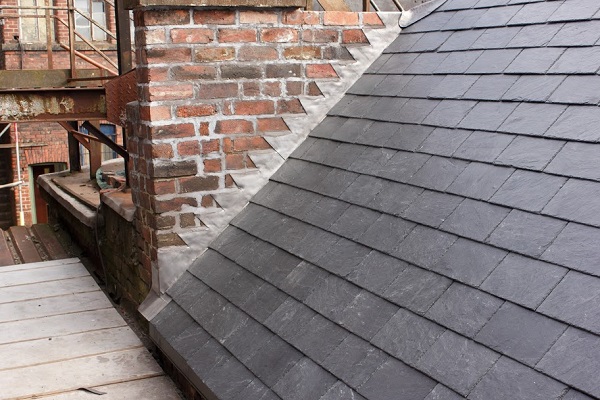
Geotec Underlay
The temperature of lead on a roof varies constantly. When the Lead rests directly onto sawn timber on a steeply pitched roof, and non-resinous timber has been used, underlay may not be necessary.
On a low pitch roof, where the Lead isn’t free to move, it is more likely to buckle on expansion or stretch as it contracts. For those situations, we provide Geotec lead underlay (9). Weighing only 220g/m2, this non-woven, needle punched, polyester fleece textile underlay with a special composition prevents ridges and fractures forming in the lead sheet.
Expansion Joints (10) are available for use with lead lined gutters with restricted falls or as a low-cost alternative to the restructuring of existing details.
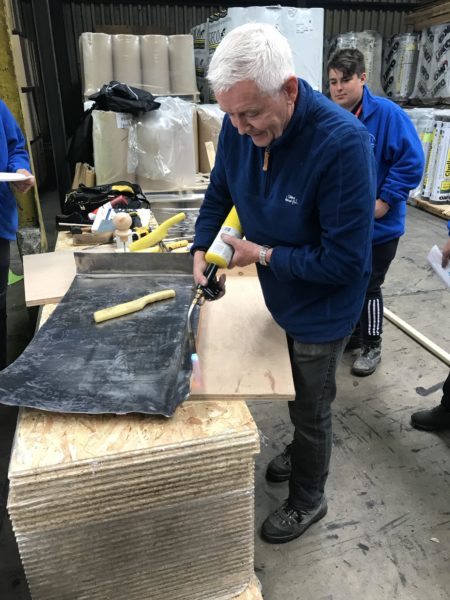
Essential for welding and bossing, our range of Lead burning torches include Oxygen torches like the Oxyturbo 90 kit. Compact, powerful and portable it’s the ideal bit of kit for brazing, heating, soldering and lead welding.
You’ll find all the Lead-working tools necessary to work with Lead including Lead snips for cutting. Flashing and Bolster Tools (4 & 5) Wooden and Plastic Lead Dresser kits used to ‘boss’ the lead into shape in the Lead Tools section of our website.
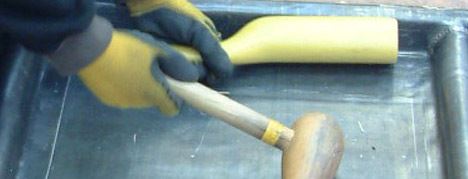
Personal Protective Equipment (PPE)
To minimise the hazards when working with Lead, protection must include a suitable mask to prevent ingestion or inhalation of dust. Additionally protective clothing, including disposable overalls, gloves, eye protection and safety footwear must be worn.
As with any aspect of lead roofing, we recommend work is always carried out by a competent person who has adequate knowledge, training and expertise and will employ appropriate safety precautions.
Here’s a link to the HAS for advice:
Should you need any further training, Lead Sheet Training Academy run regular courses: http://leadsheet.co.uk/
Need any further information about Lead? Can’t find what you need in our comprehensive listings?
We are here to help, please get in touch.
